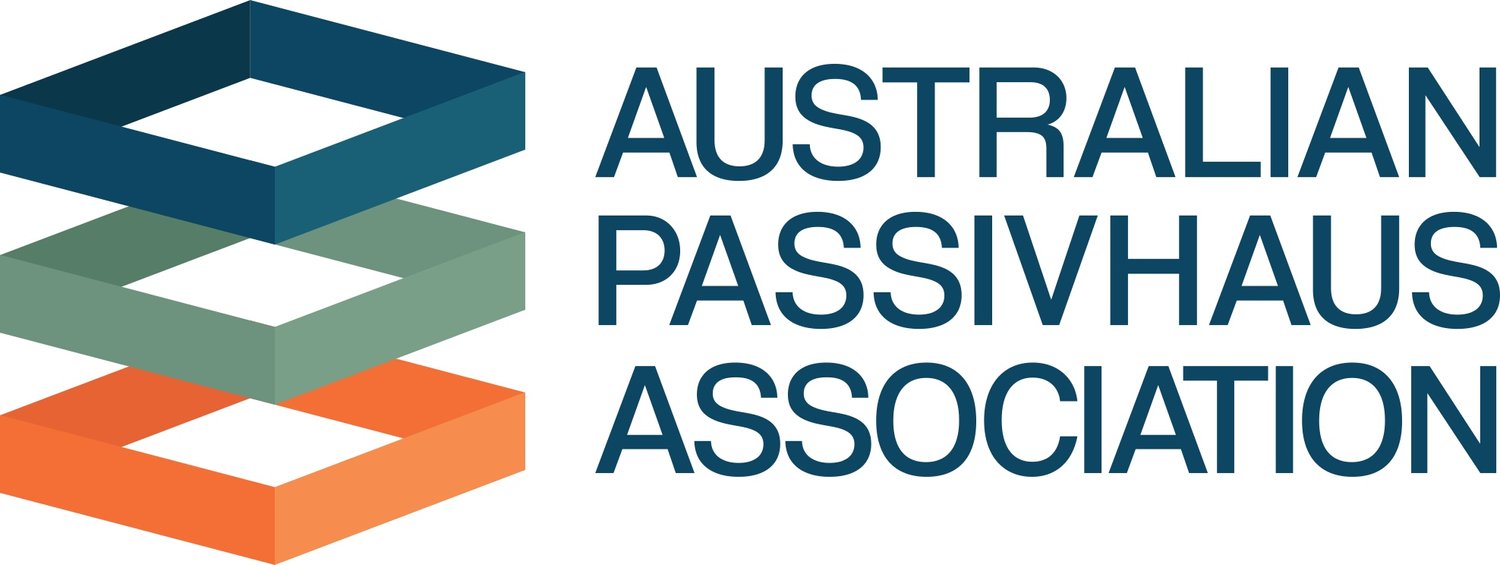You’ve Passed the Certified Passivhaus Designer Exam – Now What?
By Talina Edwards, Director @ Envirotecture (pictured above)
Congratulations!
You’ve completed an incredibly intense building science training course and passed the exam – that means you’re now officially a Certified Passivhaus Designer!
BUT you’ve realised you still have a lot to learn…especially before you embark on a new Passivhaus project.
That’s why we’ve put together a list of recommendations and suitable next steps to ensure you have the confidence to proceed:
1. Get Involved in the Passivhaus Community
The very first thing you’ll want to do upon completing your certificate is to become an Australian Passivhaus Association member.
Not only will a membership make it easier for you to keep in touch with other students from your training course through the APA members only Facebook group, but it will also unlock a host of additional benefits like:
Free access to events and regular webinars which are packed with educational insights (plus discounts on special events like our yearly conference).
Free access to Passipedia, iPHA forum, Passive House Plus magazine, additional technical documents as well as discounts on localised climate data and other resources.
A fortnightly edition of the Members Insider Newsletter which is guaranteed to level up your Passivhaus knowledge.
Additionally, it’s a good idea to get involved in the wider Passihaus community. You can do this by joining the APA’s Community Discussion Group and by attending APA open house events around your local area – see what events are coming up.
You can also reach out to other Passivhaus professionals, such as Certified Passivhaus Consultants, if you need help getting started – especially when it comes to using the PHPP for the first time or transitioning to running the PHPP in-house.
Consider asking them to become a mentor or simply ask for help with an immediate project, but at the same time, be respectful of their schedule and offer to help them with something in return.
Note: Certifiers are here to help too, but there’s only a few of them in the country and their role is to help certify projects, not train you. So it’s a good idea to wait until they’re engaged on your project before hounding them!
2. Practical Considerations to Get You Started
While you learned all about the various Passivhaus principles, it’s vital that they (and their related materials) become second nature to you.
These are a few areas to focus on now that you’re certified:
Passivhaus Windows: This is an area where clients should not want to compromise quality if they want a certified passive home. It’s your job to understand the ins and outs of these windows and make them a priority in the project. You must understand install details, factors that affect costs (ie. sizing, openings, specifications, etc.) while ensuring lead times and budget are sufficient.
MVHR Systems: These systems are central to the comfort and health benefits of passive homes so, like windows, you must include them in the sketch-design phase to ensure they fit within budget, space and time constraints. Additionally, you must understand install details and duct runs where you’ll install the system.
Construction Details: While every passive build tends to be somewhat different, it’s still a good idea to learn about some “typical” construction details for your climate – for example, the U-values you’re trying to achieve for each area of the build. This way you’ll have a repeatable methodology that you can tweak for each future project, saving you starting from scratch each time.
Passivhaus Software: Much of your work will happen through tools like SketchUp and DesignPH so it’s a good idea to get further training: DesignPH Software Masterclass.
PHPP: The Passivhaus Planning Package is vital design tool so it’s important that you learn it like the back of your hand. Consider reading PHPP Illustrated: A Designer's Companion to the Passivhaus Planning Package, enrolling in a course Peel Passive House: Using PHPP in Passive House Design and Certification or using the PHPP to practice on your own house.
Additionally, you can attend practical training workshops to see how Passivhaus material installation happens in real life which is particularly useful for factors like airtightness. The yearly South Pacific Passive House Conferences are also a great way to network with other certified designers and Passivhaus professionals.
But if you really want to level up, consider taking the next step and enrolling in the Passivhaus Certification Training where you’ll learn how to analyse whether projects meet the Passivhaus standard.
3. Promote Your New Certification
You’ve done the hard work of becoming a Certified Passivhaus Designer, so now’s the time to show off your credentials.
Consider:
Adding it to the education section on your LinkedIn profile so employers can easily find you.
Claiming your social media graphic from APA so you can share it on your profile (just ask us whenever you’re ready).
Adding your qualification to your email signature.
Asking your company to add it to their website.
Sharing the news with your clients in a newsletter or email blast.
Posting the credential to your company’s Instagram, Facebook or LinkedIn.
Invite your clients to a Passivhaus 101 presentation (we can help you to organise this).


